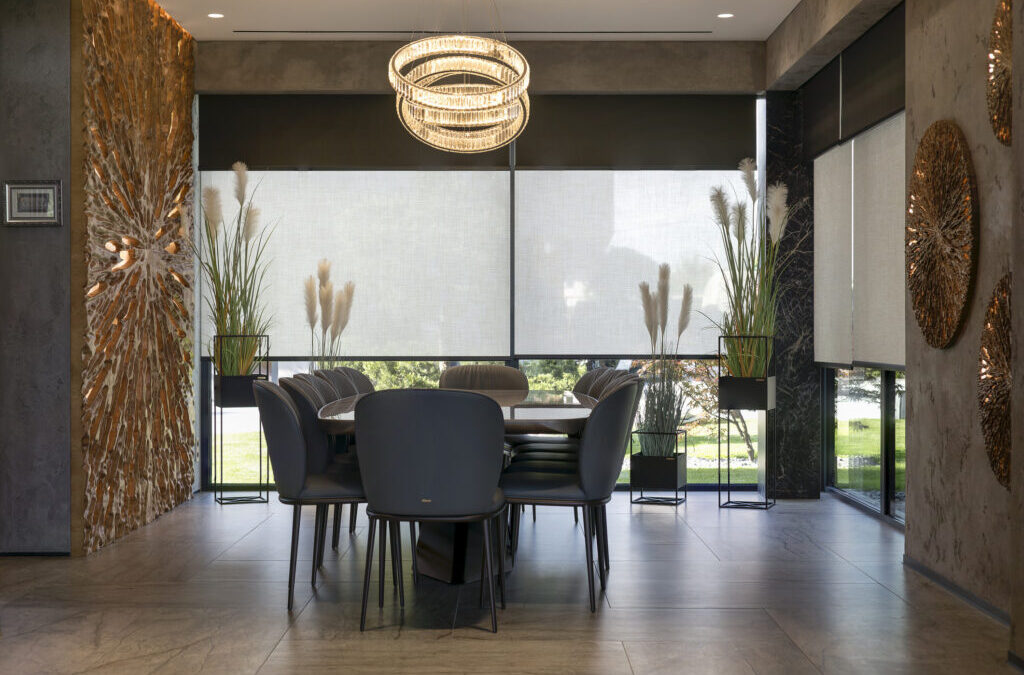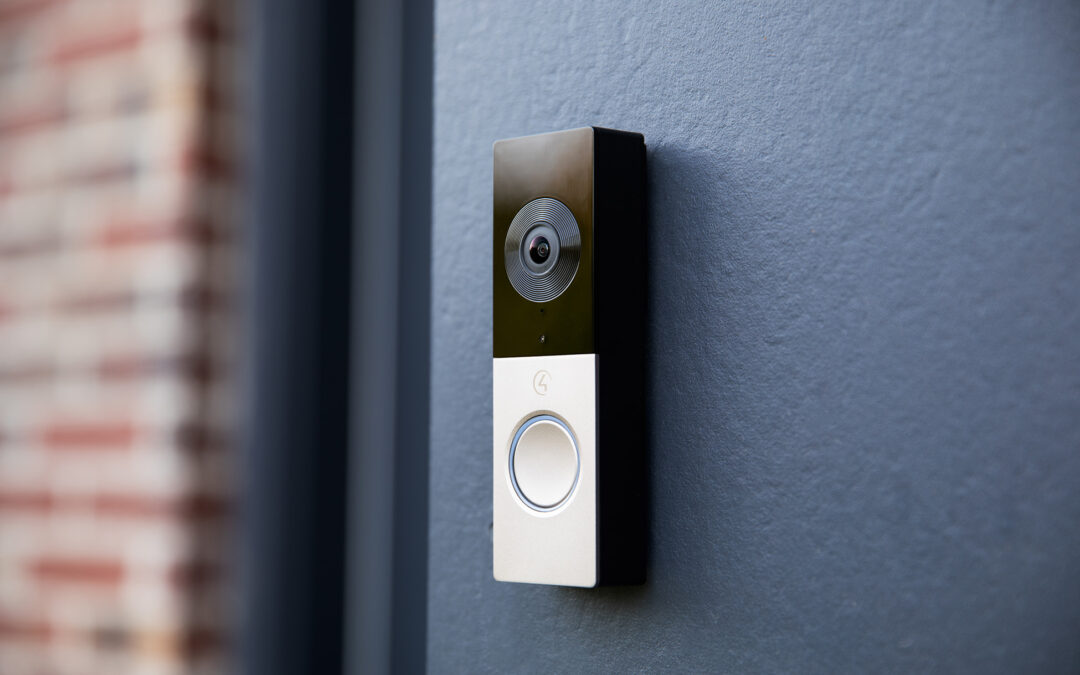Architecture is more than just structure, it is a form of expression. Whether it’s a beachfront home or a modern commercial space, architectural details play a big role in the overall appeal of a property. With the right lighting, these features can be brought to life after sunset.
Let’s explore how lighting can highlight architectural features in Clearwater homes and buildings.
Choose the Right Lighting for the Structure
Every building has unique features—columns, textured walls, rooflines, or entryways. The first step is to study the property and decide which areas to highlight. This could include tall structures, detailed stonework, or even the shape of the roof. In Clearwater, where weather conditions are often sunny and coastal, lighting fixtures should be chosen for durability and resistance to moisture.
Selecting fixtures that direct light correctly is just as important as choosing where to place them. For example, wall-mounted lights can add depth to flat surfaces, while ground fixtures can light up tall columns or facades.
Use Uplighting to Draw Attention
Uplighting is a technique where light fixtures are placed on the ground, pointing upward. This creates shadows and depth that can make a simple wall look dramatic and well-designed. It works well for buildings with textured surfaces, trees, or tall architectural pieces.
You can use it to highlight palm trees, front porches, and arches, which adds a warm and welcoming look, especially in the evening when natural light fades.
Apply Downlighting for a Softer Look
While uplighting brings attention to bold shapes, downlighting can be used to wash a surface with gentle light. Fixtures are installed above the area, often on rooflines or overhangs. When light falls from above, it creates a soft glow that outlines features without making them too bright.
This is often used to highlight doorways, stone pathways, and outdoor seating areas. For buildings in Clearwater that have outdoor patios or verandas, downlighting adds function without taking away from the design.
Combine Light and Shadow
Architectural lighting should not make every part of a building equally bright. The goal is to create contrast. When some areas are in light and others in shadow, the eye is naturally drawn to key details. This is useful for buildings with complex designs or unique finishes.
For example, lighting only one side of a structure creates a dramatic angle that makes it more visually interesting. In Clearwater, many homes have modern or Mediterranean-style designs with clean lines. Strategic lighting can make these lines stand out after dark.
Use Color Temperature for the Right Mood
Light color can affect how a building looks at night. Warm white light gives a relaxed and cozy feel. Cool white light gives a clean and sharp appearance. In Clearwater’s tropical environment, warm tones are often used to reflect the coastal vibe.
Lighting around pools, outdoor kitchens, and garden walls can all benefit from the right color temperature. It should match the style of the architecture and the purpose of the space.
Consider Energy-Efficient Lighting Options
LED lights are a good choice for architectural lighting as they use less power and last longer. This reduces maintenance and energy use, which is important for both homes and businesses in Clearwater. Smart lighting systems are a great option as they allow users to control brightness, color, and timing from a mobile device. This adds convenience while helping reduce electricity use.
Ready to make your building stand out after dark? Let us at Hive design a custom lighting solution that highlights every detail with clarity and purpose. Contact us today to schedule your consultation.




